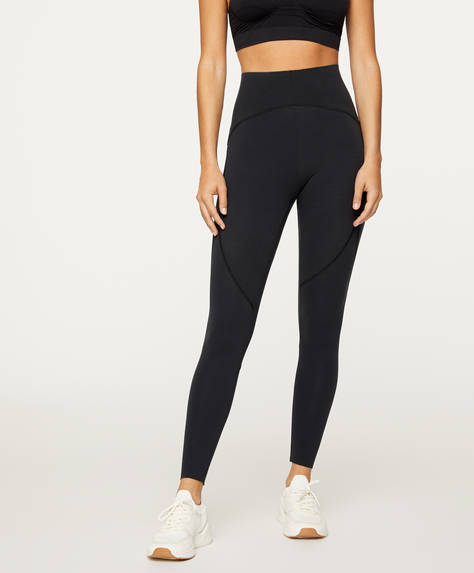

"They aren't really made to be worn when you're not active,” he says “Supportive wear like socks and some types of pants are designated for less active time.” Choose supportive wear when you’re recovering from an injury or taking a long flight, for example.Within the modern fitness landscape, an intriguing development has emerged: the rapid adoption of compression leggings for men. ”Therapeutic is used for workouts," he explains. There are two types of compression garments, Deavours notes: therapeutic and supportive. “There are some medical grade compression pants that you do need to limit due to the intensity of the compression,” Beauchamp warns. Just take care if you’re susceptible to certain medical conditions or if your doctor recommended you wear them. There’s no real limit in how long you can wear your compression pants (you can even sleep in them if you’re comfortable!).

Or you may find them tight and restricting and not want to wear them for long. You may find compression pants extremely comfortable and have no problem working out or hanging out in them watching Netflix all day. How Long Should You Wear Compression Pants? Follow their instructions carefully for which type to wear and for how long it’s safe to keep them on. Just take care if you are wearing compression pants at a physician’s recommendation, Deavours adds. Seniors experiencing nerve pain, muscle weakness, or with reduced circulation are also prime candidates to wear compression pants, socks, or leggings. Compression pants can help aid in draining.” He also recommends compression pants if you are coming back from an injury to help with your circulation as you recover. “Stagnation (aka sitting at your work desk for hours at a time) causes the lymphatic system to not work efficiently and fluid can be retained in the lower extremities. “In my opinion, everyone who is active, travels a lot, and or is on their feet or sitting all day should wear them,” he says. They help with a variety of ailments: Compression pants can be especially helpful for seniors or anyone experiencing swollen legs or ankles, nerve pain, or circulation issues.Ĭompression pants are generally considered safe for most people, Beauchamp says.You may feel less sore the next day and experience less delayed onset muscle soreness as a result. They help reduce soreness: After your workout is done, compression pants can help reduce inflammation and assist the lymphatic system to drain lactic acid built up from exercising.That’s because the compression may continuously stimulate sensory receptors and help increase your awareness, helping to keep you upright. They help with balance: Looking to stay upright in your yogi tree pose? Compression pants may give a boost to your proprioceptive function (which helps with your ability to balance).As a result, you might notice less cramping in your legs or less fatigue toward the end of your workout when you wear them. This may help give your muscles a little boost when you are running or cycling, for example.



 0 kommentar(er)
0 kommentar(er)
